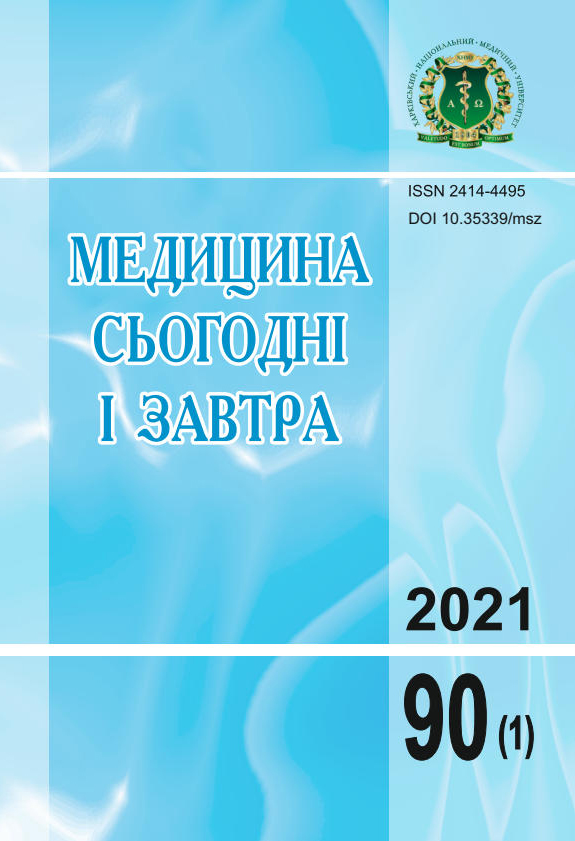Abstract
In press
The article analyzes the results of pathomorphological changes of the lungs in the period from 1 day to 1.5 years after receiving a gunshot wound after a gunshot wound to the lungs. The features of the pathomorphosis of modern gunshot wounds of the lungs were determined in the dynamics to identify the optimal surgical tactics. It is found that impaired hemodynamics under the influence of firearms leads to the development of intoxication as a result of necrotic changes in the areola and to thrombosis with obstruction and vascular stenosis, and entails a cascade of local disorders of lung structure and function and as a consequence of pulmonary heart failure. The obtained morphological results of healing of gunshot wounds in the dynamics necessitate the search for new and optimization of existing methods of treatment of persons with gunshot wounds of the lungs in order to primarily optimize the preserved tissues.
Keywords: morphological examinations, lungs, gunshot wound.
References
Tsymbaliuk, V. I. (Ed.). (2020). Vohnepalni poranennia miakykh tkanyn (dosvid ATO/OOS) [Gunshot wounds of soft tissues (experience of anti-terrorist operation / OOS)]. Kharkiv: Kolehium, 400 p. [in Ukrainian].
Tsymbaliuk, V. I., Khomenko, I. P., Lurin, I. A., Usenko, O. Yu., & Boiko, V. V. (Eds.). (2018). Patomor-foz vohnepalnykh ran miakykh tkanyn [Pathomorphosis of gunshot wounds of soft tissues]. Kharkiv: Kolehium, 176 p. [in Ukrainian].
Zbrueva, J. V., & Bogomolov, D. V. (2020). Clinical and morphological characteristics of gunshot wound of soft tissues. Systematic Reviews in Pharmacy, 11(12), 53–56. DOI: 10.31838/srp.2020.12.9.
Petrone P., & Asensio J. A. (2009). Surgical management of penetrating pulmonary injuries. Scandinavian Journal of Trauma, Resuscitation and Emergency Medicine, 17, Article 8. DOI: 10.1186/1757-7241-17-8.
Nehoduiko, V. V., Mikhailusov, R. M., & Yakimova, T. P. (2018). Fazy nosiistva storonnikh predmetiv miakykh tkanyn vohnepalnoho pokhodzhennia [Phases of carriage of soft tissue foreign bodies of gunshot origin]. Ukrainskyi zhurnal khirurhii – Ukrainian Journal of Surgery, 2(37), 51–54. DOI: 10.22141/1997-2938.2.37.2018.147848 [in Ukrainian].
Nehoduiko, V. V., Yakimova, T. P., & Mikhailusov, R. M. (2017). Osobennosti patomorfoza ohnestrel-nykh ranenii miahkikh tkanei pri nalichii inorodnykh tel [Peculiarities of patomorphosis of fire-fighting programs of soft tissues in the status of foreign bodies]. Medytsyna sohodni i zavtra – Medicine Today and Tomorrow, 2 (75), 11–17. Retrieved from https://msz.knmu.edu.ua/article/view/356 [in Russian].
Piatin, V. F. (2002). Glava 8. Dykhaniie [Chapter 8. Breathing]. In V. M. Pokrovskii, G. F. Korotko (Eds.), Fiziolohiia cheloveka – Human Physiology. (Vols. 1–2; Vol. 1, pp. 401–442). Moscow: Meditsina [in Russian].
Reheda, M. S. (2009). Zapalni zakhvoriuvannia lehen ta bronkhiv [Inflammatory diseases of the lungs and bronchi]. Lviv: Spolom, 205 p. [in Ukrainian].
Brożek-Mucha, Z. (2017). Trends in analysis of gunshot residue for forensic purposes. Anal. Bioanal. Chem., 409(25), 5803–5811. DOI: 10.1007/s00216-017-0460-1. PMID: 28660338.
Avtandilov, H. H. (2002). Osnovy kolichestvennoi patolohicheskoi anatomii: uchebnoie posobiie [Funda-mentals of quantitative pathological anatomy: a study guide]. Moscow: Meditsina, 240 p. [in Russian].
Denton, J. S., Segovia, A., & Filkins, J. A. (2006). Practical pathology of gunshot wounds. Arch. Pathol. Lab. Med., 130(9), 1283–1289. DOI: 10.5858/2006-130-1283-PPOGW. PMID: 16948512.

